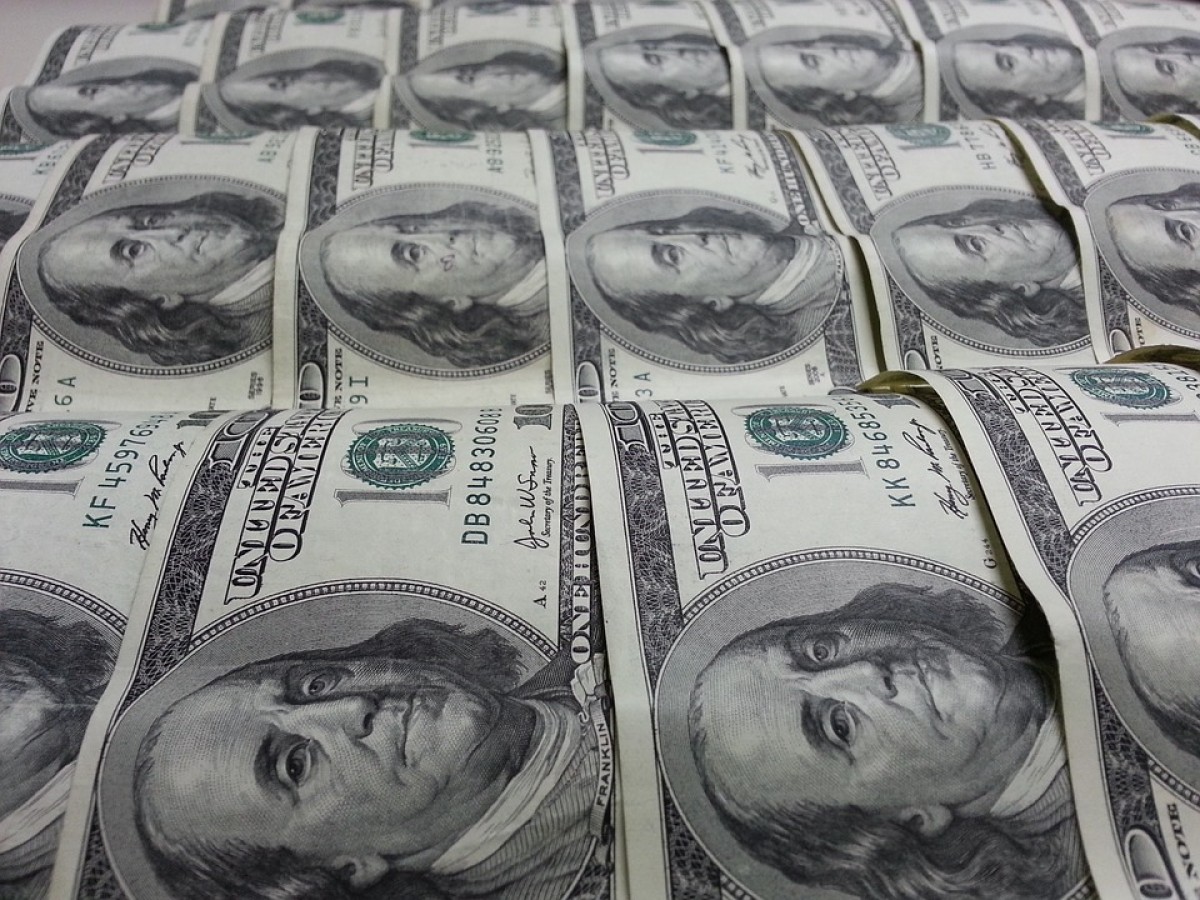 234
234
Finance Minister Yellen warns of an impending government default. The finances cause disputes between Democrats and Republicans
Washington – There are signs of a bitter dispute between Democrats and Republicans in Congress over the raising of the debt ceiling. “A default would unnecessarily plunge the country into economic chaos, collapse and disaster while giving our competitors like China a historic advantage over us,” the White House said on Wednesday. Karine Jean-Pierre, spokeswoman for Democratic US President Joe Biden, warned: “It is important that Congress recognizes that it is constitutionally responsible for complying with the debt ceiling.” Republican Andy Biggs previously said the debt ceiling should not be raised. “The Democrats have recklessly spent our taxpayers’ money and debased our currency,” the far-right wrote on Twitter.
The kid with the credit card
The newly elected Republican Speaker of the House of Representatives, Kevin McCarthy, had also made it clear that he only wanted to raise the debt ceiling under certain conditions – for example in return for cuts in the social sector. “If you gave your kid a credit card and they kept going over the limit, you wouldn’t just keep increasing it,” he explained. Republicans regained control of the House of Representatives in November’s midterm elections.
US Treasury Secretary Janet Yellen warned last week that the US government was about to default. If the debt ceiling is not raised or suspended, the current debt ceiling will already be reached this Thursday, she explained. Then the Ministry of Finance would have to take “extraordinary measures” in order to be able to continue to guarantee the government’s solvency. But even then, a default could only be delayed until the beginning of June. The debt limit so far is around 31.4 trillion US dollars
More than a hundred years of tradition
A default by the world’s largest economy could trigger a global financial crisis and economic downturn. In 2011, a newly elected Republican majority in Congress delayed raising the debt ceiling. As a result, the US credit rating was downgraded for the only time in history.
In the United States, Congress sets a debt ceiling at irregular intervals and determines how much money the state can borrow. The limit has been increased dozens of times since it was introduced in 1917, otherwise the money would have run out.
Comment
Post a comment for this article